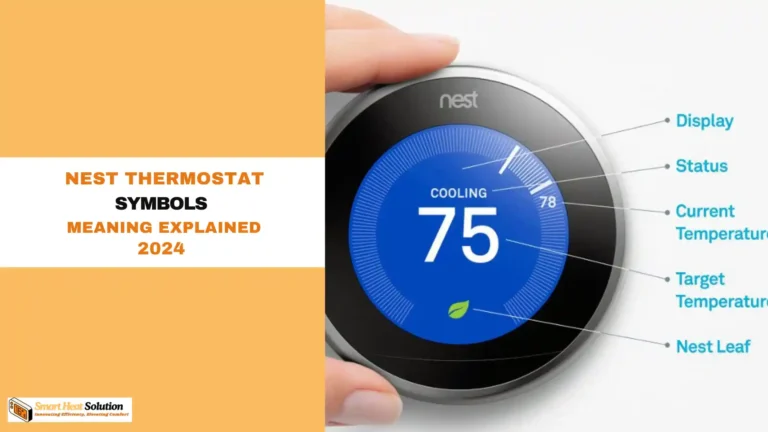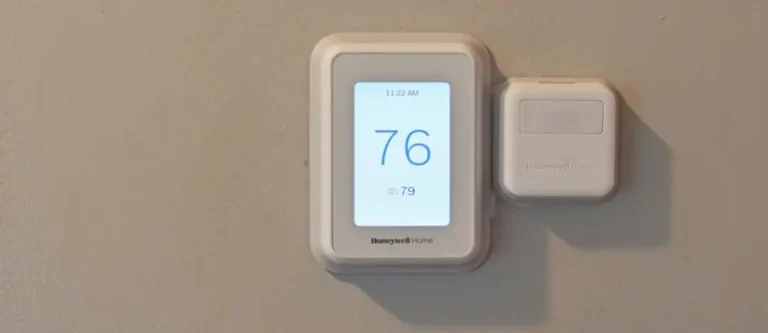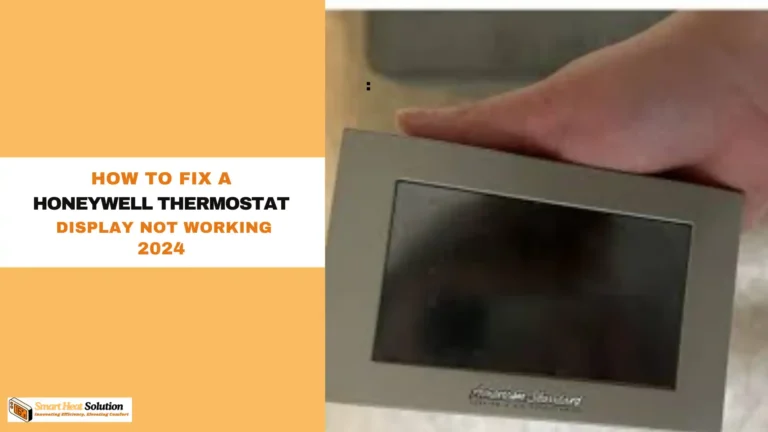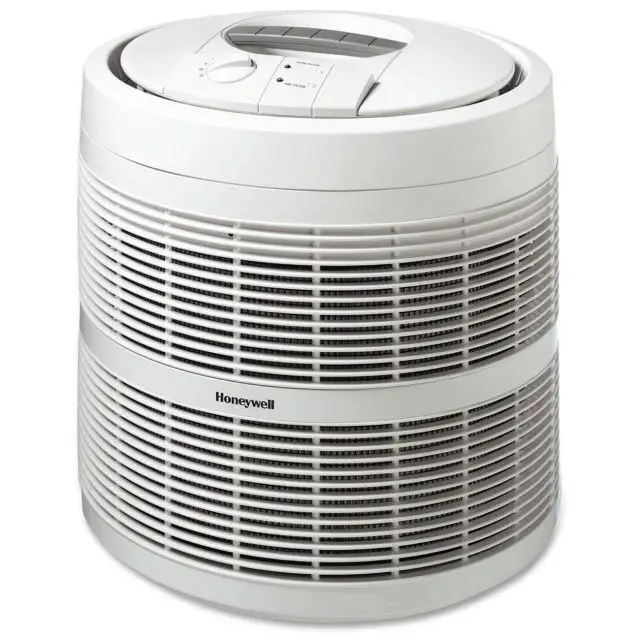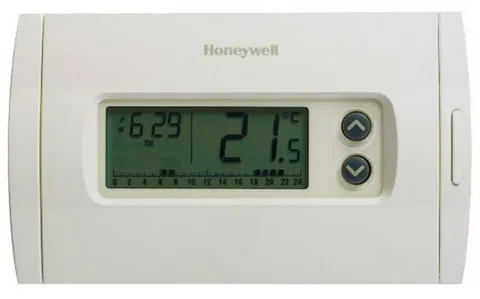Troubleshooting Bradford White Water Heater Problems
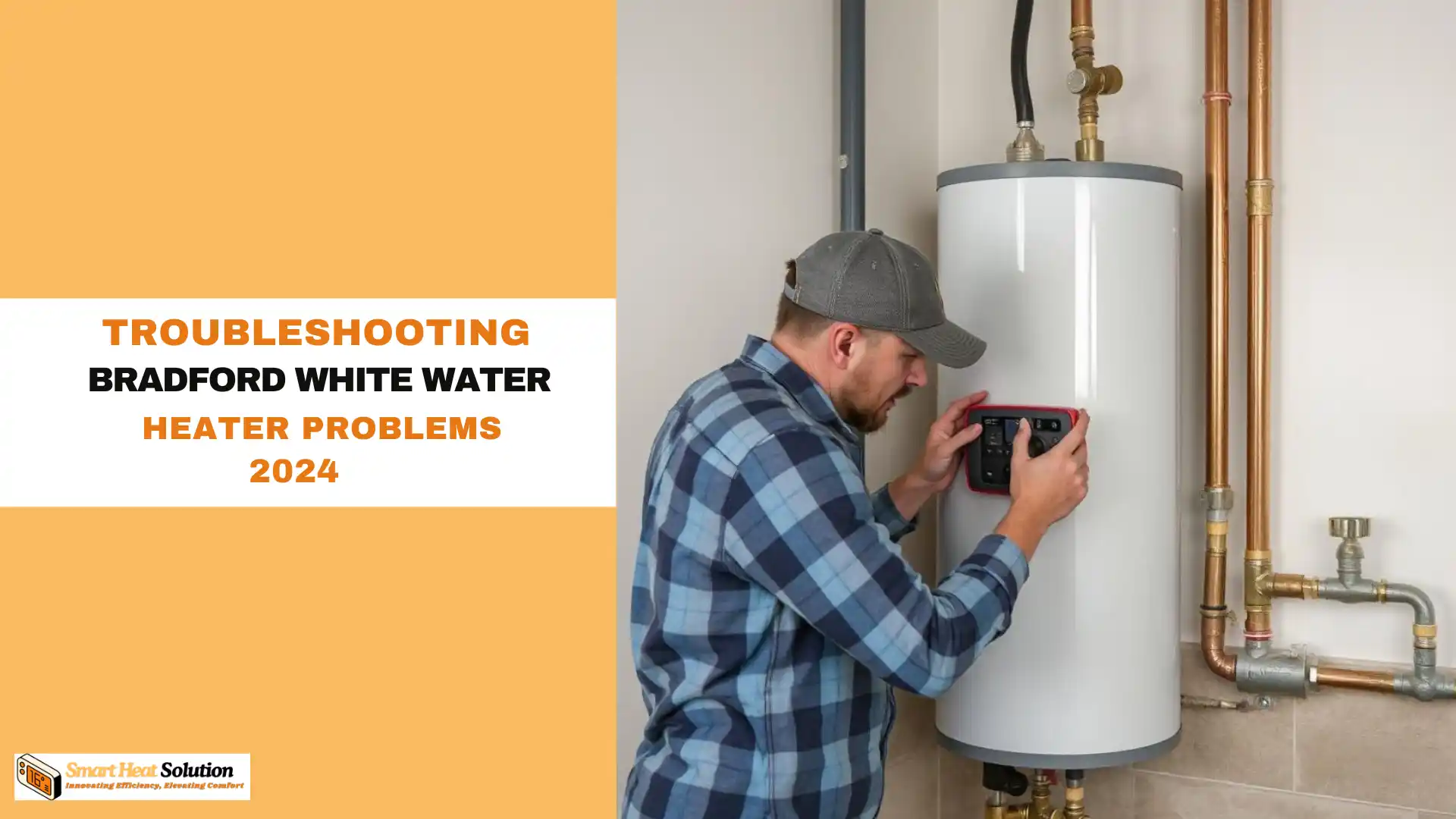

Bradford White water heaters are renowned for their robustness and dependable performance, making them a top choice for Canadian homes.
However, even the sturdiest appliances need a little TLC from time to time. While it might seem inconvenient at first, knowing how to troubleshoot common issues can save you time, money, and ensure your water quality remains top-notch.
In this guide, we’ll walk you through the most frequent problems you might encounter with your Bradford White water heater and show you how to fix them quickly and easily. Say goodbye to expensive service calls and hello to DIY confidence!
Understanding Bradford White Water Heaters
Bradford White is a distinguished name in the water heater industry, renowned for manufacturing high-quality, durable, and efficient residential and commercial water heating solutions. For homeowners or individuals seeking to comprehend the intricacies of these heaters, it is essential to grasp the fundamentals of Bradford White’s offerings.
Introduction to Bradford White
Established in 1881, Bradford White Corporation has solidified its presence in the water heating industry. The company is dedicated to providing advanced water heating options and positions itself as a comprehensive solution for all water heating needs. Bradford White’s commitment to quality is evident in its products, which are engineered for longevity and backed by comprehensive warranties. These warranties reflect the company’s confidence in its products.
Bradford White water heaters are designed with cutting-edge technology to ensure energy efficiency and user safety. Additionally, the company is known for its commitment to American manufacturing, with its products made in the USA. Homeowners seeking reliable water heating solutions often turn to Bradford White for its proven track record of quality and durability.
Types of Bradford White Heaters
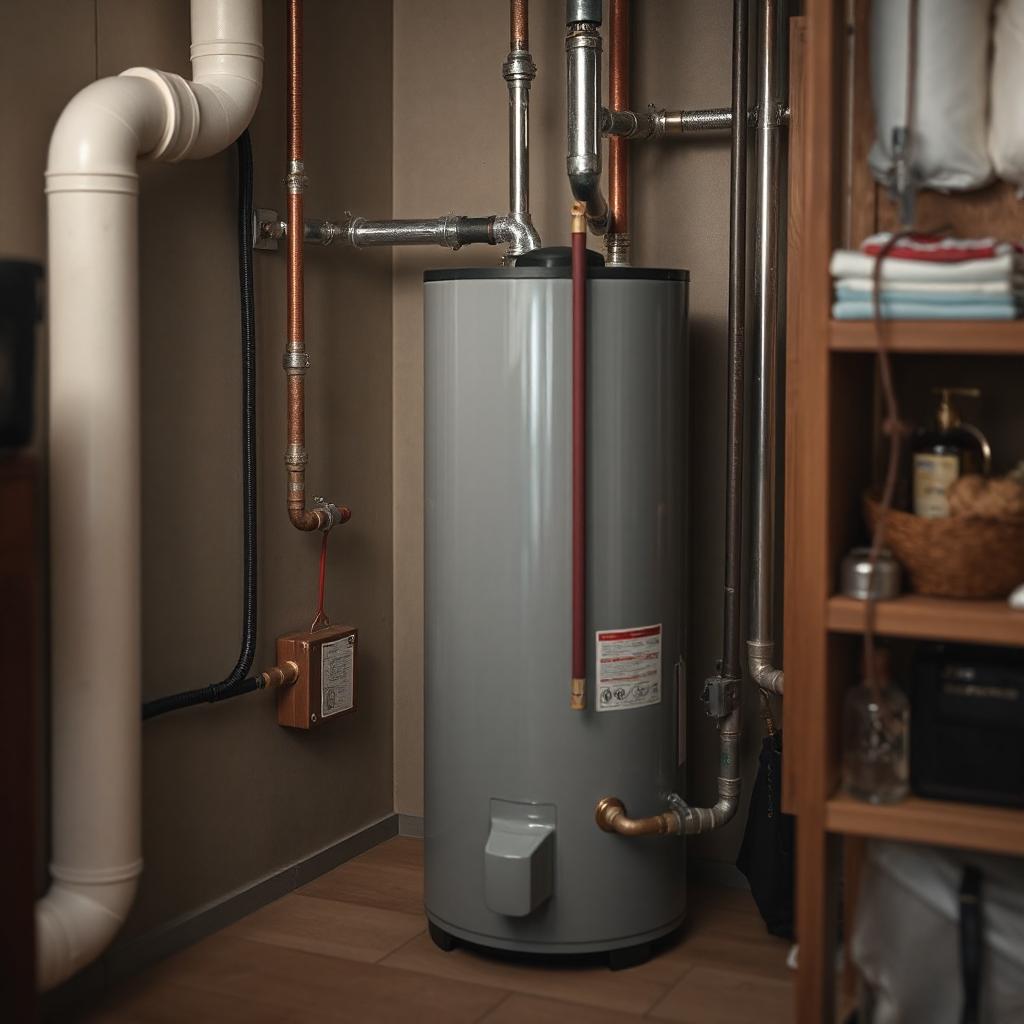
Bradford White offers a diverse range of water heaters to meet various needs and preferences, including:
- Electric Water Heaters: These heaters are popular for their ease of installation and maintenance. They are available in various sizes and models, designed to meet different household demands. For more specifics, explore Bradford White electric water heater options.
- Gas Water Heaters: Renowned for their efficiency and quick heating capability, gas water heaters from Bradford White are available in a variety of models, including those with advanced features such as power venting. For more details, review Bradford White gas water heater models.
- Tankless Water Heaters: Ideal for homes with limited space or for those seeking energy savings, Bradford White offers tankless water heaters that provide hot water on demand. Learn more about the Bradford White tankless water heater offerings.
Each type of water heater has its own set of advantages and is designed to cater to specific heating requirements and installation setups. It is crucial for homeowners to consider their household needs, available space, and energy preferences when selecting the appropriate water heater. For those interested in consumer feedback, Bradford White water heater reviews can offer valuable insights.
In addition to the basic types, Bradford White provides various models with different capacities and features, ensuring there is a water heater for virtually any scenario. Whether it’s a robust model for a large family home or a more compact solution for a small apartment, Bradford White has options to fit diverse lifestyles and budgets. For pricing information, homeowners may refer to Bradford White water heater prices.
Common Issues with Bradford White Water Heaters
Of course, while Bradford White is an excellent name, just like any other water heater brand, wear and tear will result in performance-related issues sometime down the road. Below are some common issues you are likely to encounter with your water heater and what you can do about them:
1. Your Water Heater Will Not Heat
If you have an electric, tankless, or conventional water heater, and it doesn’t seem to be heating up, the following are some of the causes that might be the cause for the issue:
- Faulty Thermocouple: Most common issue. This is the device that regulates the pilot for a gas water heater. If faulty, you would need it replaced but only by a licensed professional.
- Power Supply Issues: Determine if an outlet is functioning. Look for blown fuses or tripped circuits. You might need an electrician if your issue has electrical roots.
- Pilot Problems: Residual carbon buildup may prevent the pilot from lighting. Clean with a stiff brush by taking care not to scrub too hard, and it should break loose the deposits.
- Faulty Burner or Heating Element: In older models, parts will be worn out. A plumber will need to replace these parts if they’re bad.
2. Water Heater Leaking
Leakage could be caused by many reasons. The common reasons include:
- Temperature & Pressure Relief Valve: It leaks due to old age and wear. Replace the valve, and it will be fine
- Drain Valve Problem: Sediment can accrue in the valve. This leads to leakages. Drain the tank, and replace the valve, and you will be good to go.
- Rusty Tank: If the tank itself is rusty, you cannot fix it. You’ll need to replace the water heater. This is also a good opportunity to consider a tankless model that lasts longer and needs less maintenance.
3. Pilot Light Won’t Light
If the pilot light won’t ignite, the water heater can’t heat water. Here are some troubleshooting things to check:
- Faulty Igniter: Check that the igniter is receiving good voltage. If it is and the problem persists, it’s probably bad and needs to be replaced.
- Defective Pressure Switch: The failure of the pressure switch stops the igniter from working. A plumber can replace the switch for you.
- Thermocouple Problems: As discussed above, this is a common culprit, and fixing a faulty thermocouple generally isn’t that expensive.
4. Water is Too Hot
Just as cold water really is quite annoying, very hot water also is no picnic. Possible causes for water that is too hot are:
- The Thermostat is Maladjusted: Make sure that the thermostat was indeed set to the right setting, which should be 120 degrees Fahrenheit.
- The Thermostat Control Package is Faulty: When water exiting the faucet is hotter than its intended setting, the control package of the thermostat is faulty and will have to be replaced.
- Shorted heating element: In case there is a short, the heating element turns the water too hot. There’s likely a chance you will need to look at and potentially replace it.
Considering these potential issues, Bradford White tanks typically are dependable. Routine maintenance can help prevent your water heater from running into more serious problems later on, and timely repairs will help keep things from going wrong in the first place.
Steps to Diagnose The issue

When your Bradford White water heater stops working, it can be frustrating. However, by following a systematic approach, you can often identify the problem and determine whether it’s something you can fix yourself or if you need to call a professional. Here are the steps to diagnose issues with your Bradford White water heater:
- Check the power supply: For electric models, ensure the unit is properly connected to a power source. Check if the circuit breaker has tripped or if a fuse has blown. For gas models, verify that the gas supply is on and the pilot light is lit.
- Inspect the thermostat: Examine the thermostat settings to confirm they’re correct. For electric heaters, check both the upper and lower thermostats. Ensure the temperature is set appropriately, typically around 120°F (49°C) for most households.
- Look for leaks: Inspect the area around the water heater for any signs of water. Leaks can occur from the temperature and pressure relief valve, drain valve, or the tank itself. Minor leaks might be repairable, but significant tank leaks often require unit replacement.
- Test the hot water output: Run hot water from a faucet to check if there’s no hot water, lukewarm water, or if the water isn’t as hot as it should be. This can help narrow down whether it’s a heating issue or a problem with water flow.
- Listen for unusual noises: Strange sounds like popping, crackling, or rumbling could indicate sediment buildup in the tank. While not immediately dangerous, this can reduce efficiency and eventually lead to tank damage if not addressed.
- Check the pilot light (for gas models): If the pilot light is out, try relighting it following the manufacturer’s instructions. If it won’t stay lit, there might be an issue with the thermocouple or gas control valve.
- Examine the heating elements (for electric models): If you’re comfortable and know how to safely do so, test the heating elements for continuity using a multimeter. Faulty elements will need replacement.
- Inspect the anode rod: If your water heater is several years old, the anode rod might be depleted. While this isn’t directly related to the heater not working, a depleted anode rod can lead to tank corrosion and failure.
- Check for error codes: Some Bradford White models have diagnostic systems that display error codes. Consult your user manual to interpret these codes, as they can provide specific information about what’s wrong.
- Consider the age of the unit: If your water heater is over 10-15 years old, it might simply be at the end of its lifespan. In this case, replacement might be more cost-effective than repairs.
DIY Fixes for Heating Problems with Bradford White Water Heaters
When your Bradford White water heater is not heating, there are several do-it-yourself actions you can take before calling a professional. These fixes are suitable for homeowners who are experiencing issues with their Bradford White water heaters and are comfortable with basic troubleshooting steps.
Resetting the Heater
Sometimes, a simple reset can resolve the heating issue. According to Bradford White, approximately 20% of heating issues can be resolved with a reset.
- Locate the Reset Button:
- For electric water heaters, the reset button is typically found behind the upper thermostat cover.
- For gas water heaters, it is usually near the gas control valve.
- Press the Reset Button:
- Press the reset button firmly until you hear a click sound, indicating the reset is complete.
- Wait and Check:
- Wait a few minutes and check if the water heater resumes its normal heating function.
- Further Action:
- If the heater does not reset or the button trips again, it could indicate a more serious issue, such as a faulty thermostat or a malfunctioning heating element.
Checking the Thermostat
The thermostat controls the temperature of the water by signaling the heater to turn on and off. If the thermostat is not working correctly, it can lead to a water heater that doesn’t heat.
- Turn Off Power:
- Ensure the power to the heater is turned off at the circuit breaker to prevent any electrical accidents.
- Access the Thermostat:
- Remove the access panel and insulation to expose the thermostat.
- Check and Adjust the Temperature:
- Check the setting on the thermostat to ensure it is set to an appropriate temperature. If necessary, adjust the temperature using a flathead screwdriver on the temperature adjustment dial.
- Test for Continuity:
- Use a multimeter to test the thermostat for continuity. If it lacks continuity, it may need to be replaced.
- Replace if Necessary:
- If you find any visible damage or the thermostat fails the continuity test, consider purchasing a new thermostat and replacing it.
- Reassemble:
- Remember to replace the insulation and access panel once you’ve finished inspecting or adjusting the thermostat.
Remember, while some issues can be resolved with simple DIY fixes, many water heater problems require professional expertise.
If you’re unsure about any step or encounter a problem you’re not comfortable addressing, it’s best to contact a licensed plumber or Bradford White technician. Always prioritize safety when dealing with water heaters, especially those powered by gas.
Additional Steps
If after these steps your water heater still isn’t heating, it might be time to inspect other components such as the thermocouple, heating elements, or gas control valve. According to industry statistics, about 30% of water heater issues are related to these components.
Professional Assistance
If the problem persists, it is advisable to call in a professional for a more thorough diagnosis and repair. Professional technicians have the tools and expertise to identify and fix more complex issues that may not be apparent through basic troubleshooting.
Conclusion
Understanding and addressing Bradford White water heater thermocouple issues is crucial for maintaining safe and efficient operation.
This guide provides homeowners with steps to diagnose and replace a faulty thermocouple, as well as recognize other common water heater problems like inconsistent temperatures and heating issues.
Regular maintenance, including flushing the water heater, checking the anode rod, and inspecting heating elements and thermostats, is key to preventing failures and extending the unit’s lifespan.
For replacement parts such as thermocouples, coils, and valves, PartsHnC offers a comprehensive selection for Bradford White water heaters and heat pumps.
FAQs
What are the main components of a Bradford White water heater?
The primary components include:
- Heating elements
- Tank
- Gas burner assembly
- Thermostat
- Anode rod
- Temperature and pressure relief valve
- Gas control valve
- Thermocouple
How frequently should a water heater thermocouple be replaced?
Thermocouples typically last 3 to 5 years. However, it’s best to inspect them during routine maintenance and replace them if you notice signs of wear, corrosion, or malfunction.
What’s the process for resetting the pilot light on a Bradford White water heater?
To reset the pilot light:
-
- Locate the pilot light assembly near the thermocouple and gas valve
- Follow the manufacturer’s instructions, which usually involve: a. Setting the control knob to “Pilot” b. Pressing the ignition button c. Holding the pilot light button for about 30 seconds after ignition to ensure it stays lit
Here’s a quick guide to help you troubleshoot your Bradford White water heater or decide if it’s the right brand for you.
What is the life expectancy of a Bradford White water heater?
Expect a Bradford White tank water heater to last around 8-12 years. However, water pressure and quality can impact this.
Where is the reset button on a Bradford White electric water heater?
You’ll find the reset button on the top thermostat of an electric unit. It’s red and clearly marked “reset.”
How do I reset my Bradford White water heater?
For an electric unit, just flip the breaker off and on. For a gas unit, turn off the gas control valve – it’s a bit trickier.
Why do plumbers recommend Bradford White water heaters?
Plumbers love Bradford White because it’s made in the USA and known for its high quality and reliability. In fact, many plumbers use them in our own homes.
How often should I drain my Bradford White water heater?
This depends on your water quality. If your water is decent, once a year should be fine. But if the water quality is poor, you might need to drain it every month or two.
What’s the normal life expectancy of a Bradford White water heater?
For a standard unit, it’s typically 8-12 years. If you go for a tankless model, you could double that lifespan.
What temperature should my Bradford White water heater be set at?
Regardless of the type, it’s best to set the thermostat to 120°F max.
Why is my Bradford White status light blinking seven times?
Seven blinks usually mean the gas chamber overheated and triggered the thermal switch. You’ll likely need to replace the switch and check the airflow to the burner assembly.
How do I know when to replace my water heater?
If your water heater is over seven years old and isn’t producing enough hot water, it’s probably time to replace it. Look into hybrid or tankless options for a more efficient upgrade.

I’m Alan William’s, the founder of SmartHeatSolution.com. I am from California, USA, I’m passionate about innovative heating technologies and their impact on our homes and businesses. With a background in electrican and home repair , I aim to make smart, energy-efficient heating accessible to everyone. When I’m not writing, I’m likely interested in all the thermostat brands and their new technnology. Thanks for stopping by!

